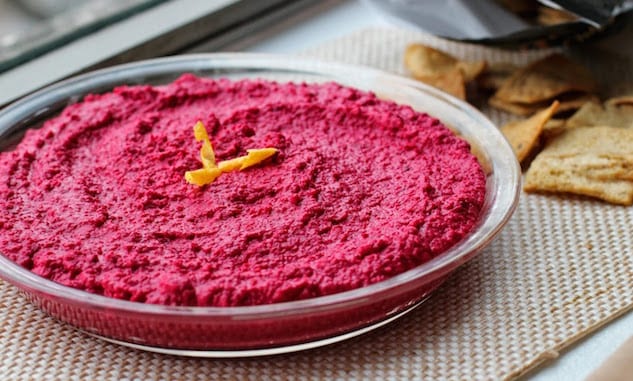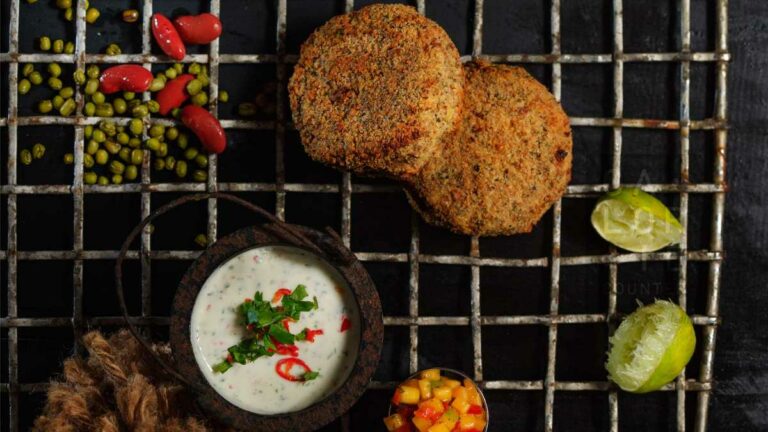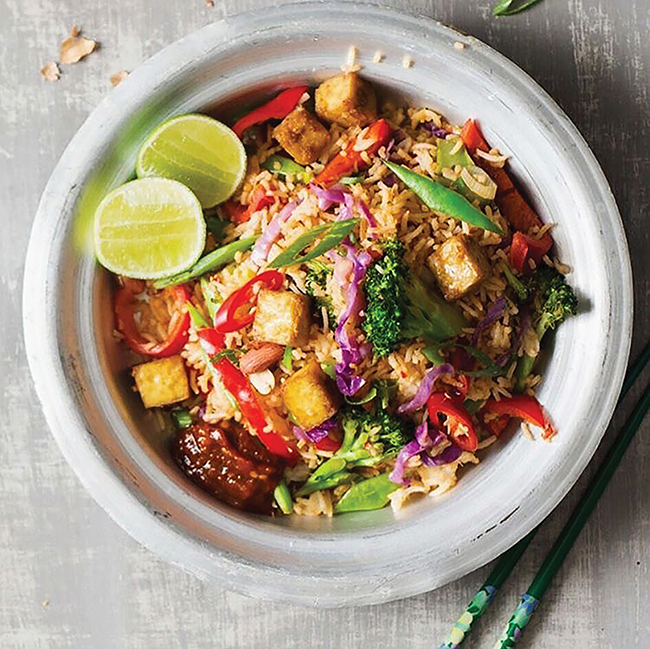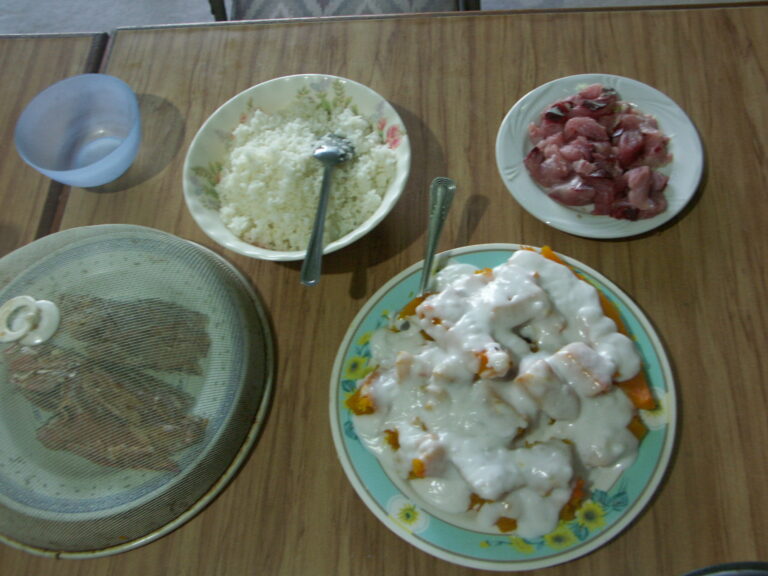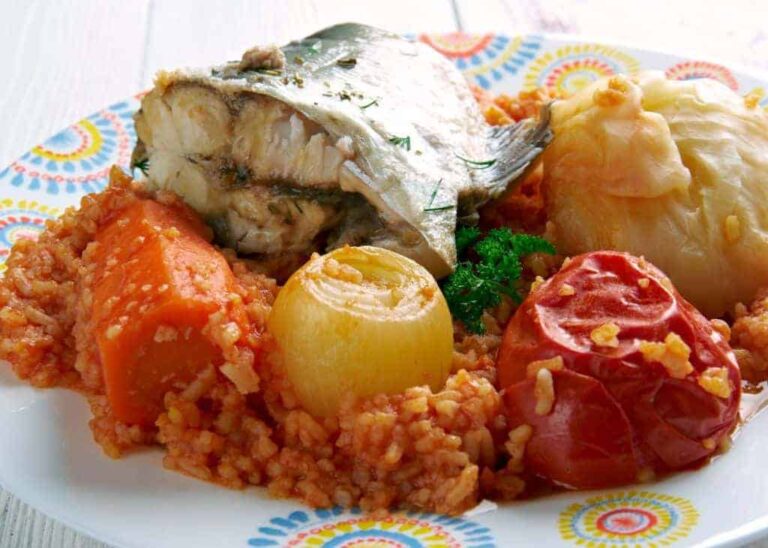Introduction to Malawian cuisine
Malawian cuisine is known for its unique flavors and ingredients that come from a blend of African, European, and Asian influences. The country’s location along the southeastern coast of Africa has also influenced its cuisine, with fish and seafood being a popular ingredient. Malawi’s staple food is nsima, a thick porridge made from maize flour, which is often eaten with a variety of stews and vegetables.
Challenges of being vegetarian in Malawi
Being vegetarian in Malawi can be a bit challenging as meat is a popular ingredient in many dishes. Most traditional Malawian dishes are based on meat or fish, making it difficult for vegetarians to find suitable options. Additionally, some restaurants do not have many vegetarian options on their menus, which can be disappointing for vegetarians.
Traditional vegetarian dishes in Malawi
Despite the challenges, there are several traditional vegetarian dishes in Malawi that vegetarians can enjoy. One of the most popular is pumpkin leaves, which are cooked with onions, tomatoes, and spices. Another popular dish is chambo, a type of fish found in Lake Malawi, which is traditionally served grilled or fried but can be substituted with vegetables. Other vegetarian dishes include beans and rice, sweet potato leaves, and okra stew.
Common vegetarian ingredients in Malawian cuisine
Malawian cuisine has a variety of vegetarian ingredients that can be used to create flavorful dishes. These include beans, lentils, peanuts, green vegetables such as pumpkin leaves and sweet potato leaves, and root vegetables like sweet potatoes and cassava. Fresh fruit, such as mangoes, bananas, and papayas, are also widely available and can be used to make smoothies, juices, and desserts.
Adapted vegetarian options in Malawian restaurants
Many restaurants in Malawi have adapted to the growing demand for vegetarian options and now offer vegetarian dishes on their menus. These dishes include vegetarian versions of traditional Malawian dishes, as well as international vegetarian options like salads and pasta. Some restaurants also offer vegan options, although they may be limited.
Conclusion: Celebrating Malawi’s vegetarian cuisine
Despite the challenges, Malawi has a rich vegetarian cuisine that is worth celebrating. Vegetarians can enjoy traditional dishes made with nutritious ingredients like beans, lentils, and leafy greens, as well as modern adaptations made in Malawian restaurants. By exploring Malawi’s vegetarian cuisine, visitors can have a unique and flavorful culinary experience.

